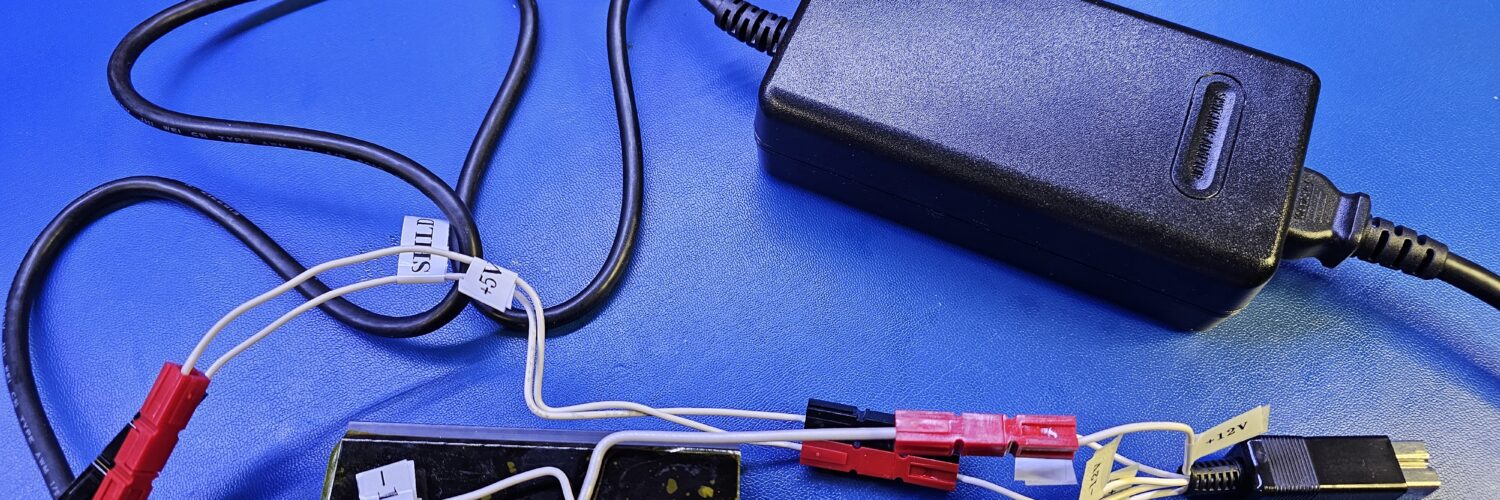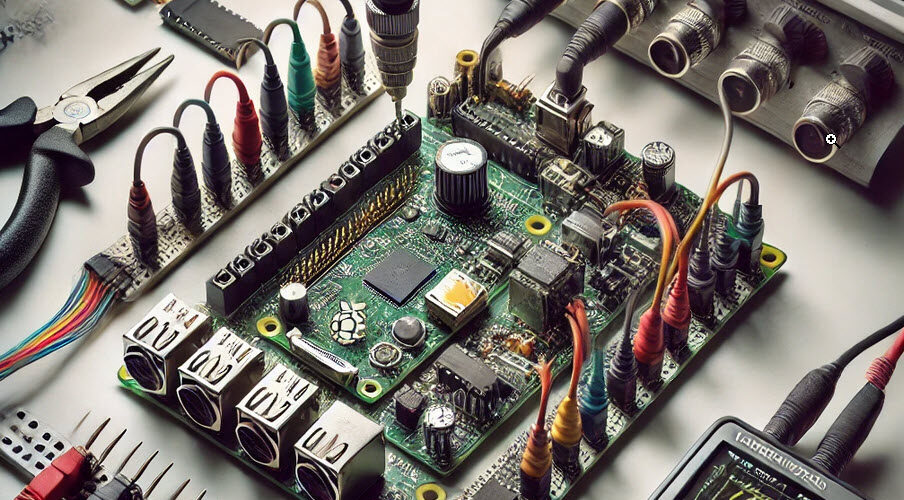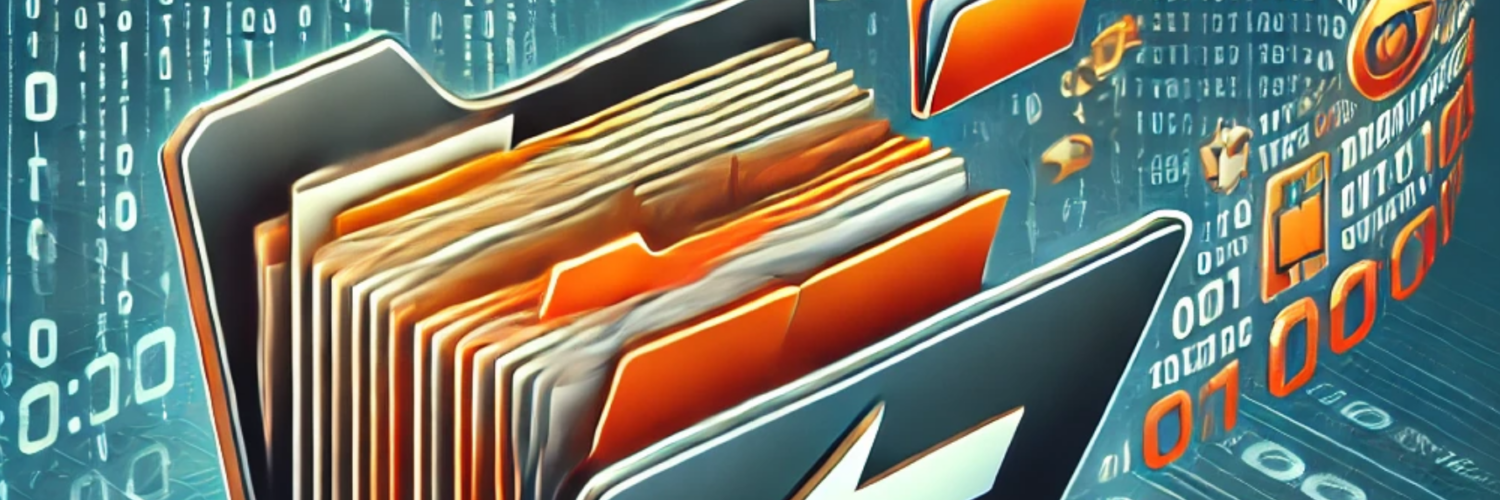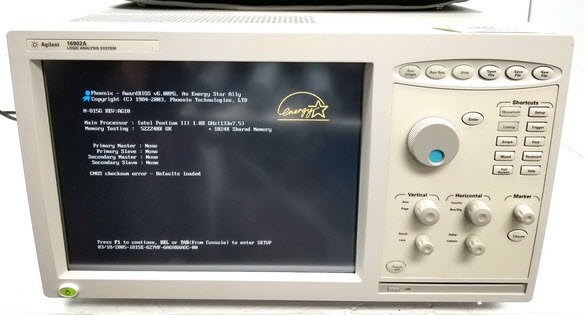Intro If you’re into retro computing, you probably know the Commodore Amiga 500—a beloved classic with surprisingly capable hardware for its time. But like many vintage systems, the original power supply...
Agilent Logic Analyzer cable teardown photos
So for today ladies and gentlemen, I present a teardown of an HP/Agilent logic analyzer cable. I think this is part number 16715-61601. This cable is used to connect one of a series of 40-pin compatible modules (many of...







